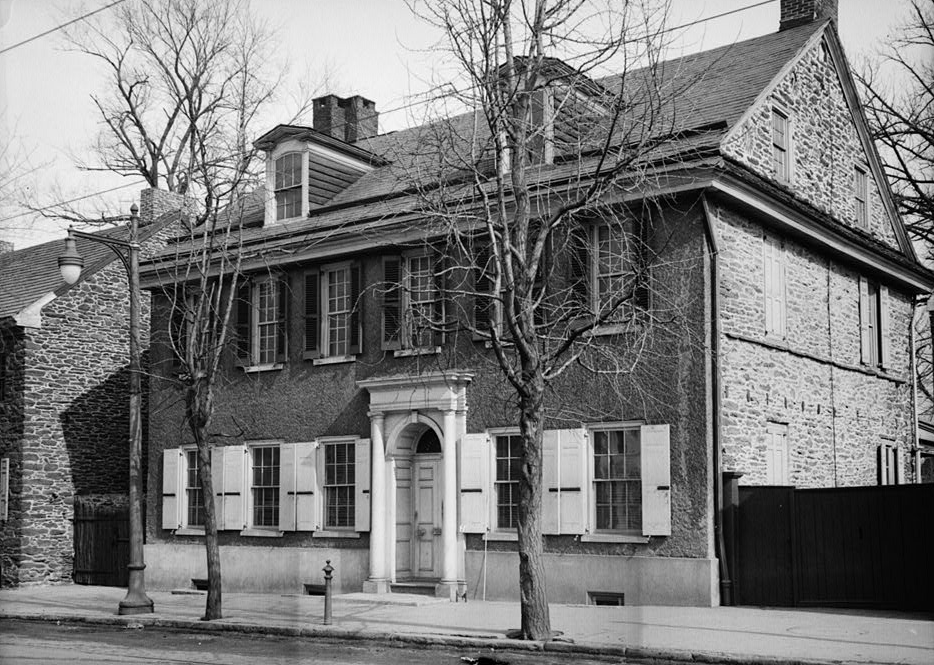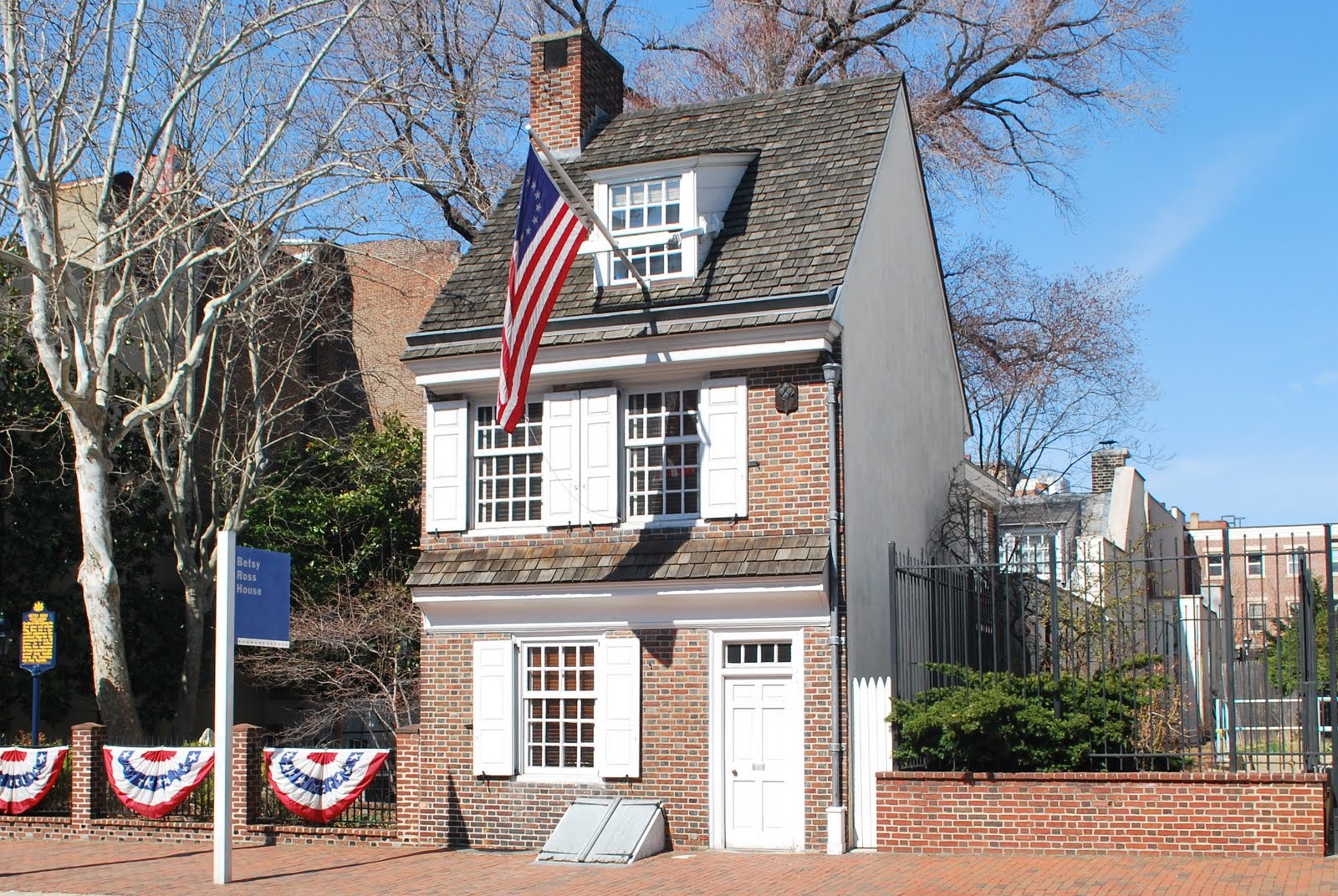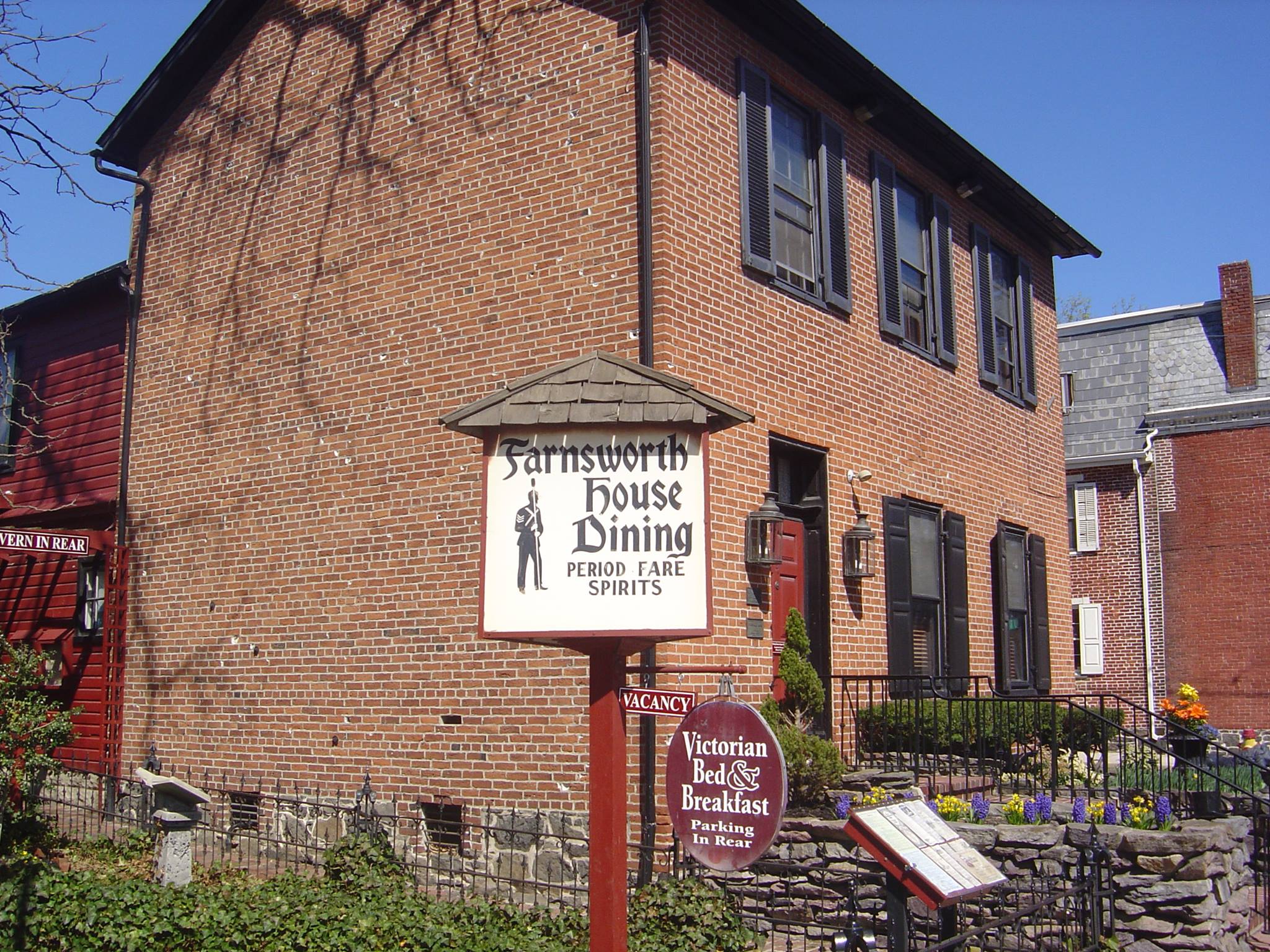Located at Bedford, Pennsylvania on the junction of U.S. Highway 30 (Lincoln Highway) and Pennsylvania Route 31, the historic Jean Bonnet Tavern (also known as the Old Forks Inn or Bonnet’s Tavern) has captivated paranormal investigators and locals with its longstanding history and reputed hauntings. The building was believed to be built around 1762 when Indian trader Robert Callender acquired the surrounding land. The place was used as a trading post and Callender’s residence.
The three-and-a-half story building was constructed of cut fieldstone with walls measuring over two feet thick. Two porches covering the length of the building can also be found on the first and second story of the building.
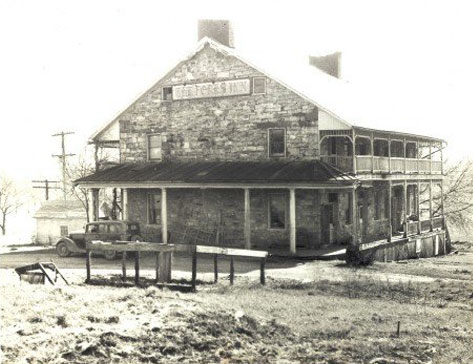
In the early 1700s, when the area was still a trade route for the Shawnee Indians, the building was deployed as a court house by the English once a month. In an incident, a horse thief was running away from the Shawnee Indians and had fleed into Callender’s property. Coincidentally, it was the day when the court was taking place. As both the evidence (the horse) and witnesses (Shawnee Indians) were present, an immediate trial was held by the English. The horse thief was rumored to have been hung in the hallway.
Another legend speaks of a man who was executed in the building after being found guilty of being a French spy. He was said to have been buried under the tavern’s floor to avoid being found by the French.
In 1779, the land and property was sold to Jean Bonnet and his wife. A year later, the couple successfully secured a license to operate a tavern. The place became a popular spot for settlers and travelers driving down Lincoln Highway, one of the first transcontinental roads in the country.
During the Whiskey Rebellion from 1791 to 1794, the tavern was also used as a meeting place by local farmers. Also known as the Whiskey Insurrection, the violent protest began in 1791 when the newly formed federal government imposed a tax on all distilled spirits in an effort to generate revenue and repay debts accumulated during the Revolutionary War. The excise became known as the “whiskey tax” due to the growing consumption of American whiskey during the period.
Over the next two century, the property changed hand several more times. While some owners had turned it into private residences, many continued running the tavern business as its prominent location ensured a steady flow of customers. In 1957, the tavern was purchased by Frank and Lucille Enyeant. During a renovation project carried out by the couple, they uncovered a skeleton believed to be that of the horse thief or the French spy.
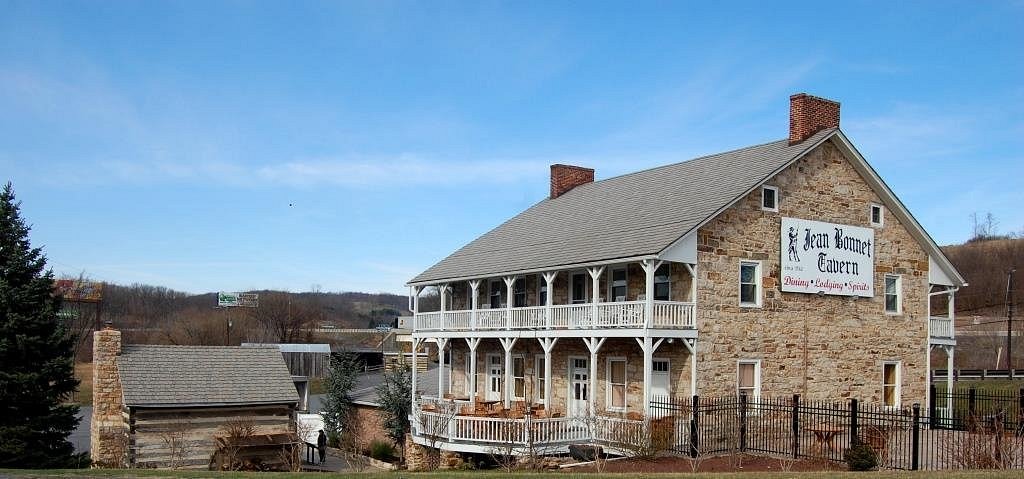
In 1979, Jean Bonnet Tavern was nominated and successfully listed on the National Register of Historic Places.
Today, Jean Bonnet Tavern continues to run as a restaurant, tavern, and events venue. The property also offers four quaint guest rooms and suites, offering visitors an opportunity to spend the night at the historic tavern.
Hauntings at Jean Bonnet Tavern
Today, many believe that the historic inn and restaurant is haunted by Jean Bonnet and farmers who used to frequent the place back in the 19th century. On many occasions, guests seated by the bar have reported being touched although there was no one seating nearby. Some claimed to have seen full-body apparitions of men in frontier clothings roaming the tavern before disappearing into thin air.
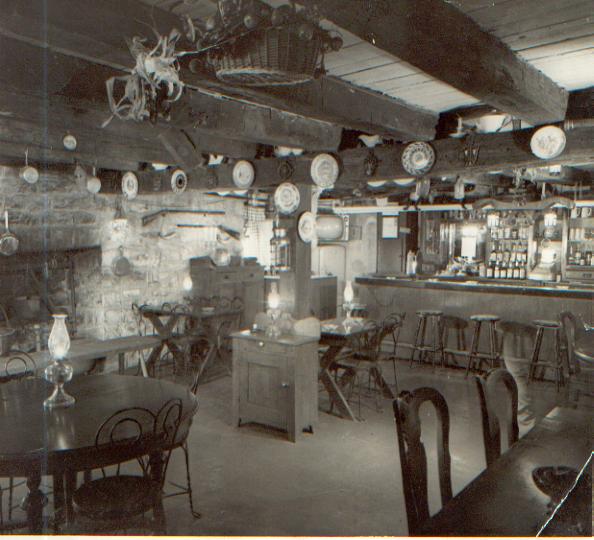
Staffs of Jean Bonnet Tavern have also heard doors opening and closing at will, as well as thumping footsteps on the second floor. In a haunting story recounted on the tavern’s website, a female bartender was working with a male colleague when a friend of hers visited them. However, the fellow had a drink too many. As he lived just near by, the two decided to lock up the tavern and bring him home before returning to clean up the bar. Upon returning to the tavern, the bartender glanced over the window and discovered a man sipping a drink in the bar. The two were shocked by what they had seen, as they had previously checked that the tavern was locked before leaving. The duo unlocked the door and rushed into the bar, only to see the man had disappeared. As the iron grillwork separating the bar from the upper floors was locked, they surmised that he had probably hid somewhere in the bar or the downstairs. However, no one was found.
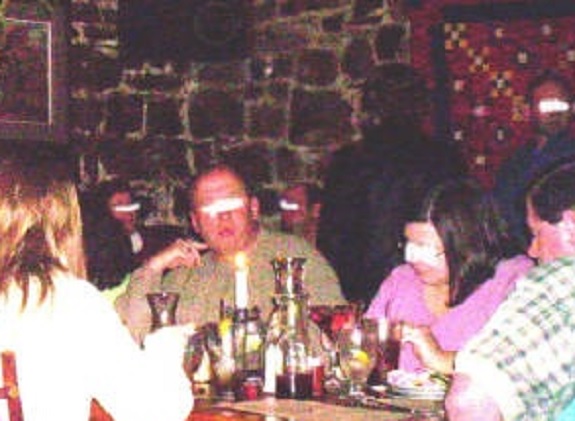
Room 3 is said to be the most haunted room in Jean Bonnet Tavern. Guests staying in the room have reported the manifestation of a male spirit. The rocking chair found in the room is also said to move on its own in the middle of the night. Multiple orbs have also been captured on camera in room 3, leading some to believe that the guest room may be haunted by more than one entity.
The numerous accounts of encounters with the paranormal has since been compiled into a Ghost Book. It is available for viewing by patrons of Jean Bonnet Tavern.
Who Owns Jean Bonnet Tavern Now?
As of October 2021, Jean Bonnet Tavern is owned by Brandon Callihan, a Bedford native. Callihan is a graduate from the Culinary Institute of America and had previously worked at the tavern before purchasing it in June 2017. Over the years, Callihan have maintained the way the tavern is run. Guests continue to dine in the Colonial, casual atmostphere where food is served on pewter plates. Pewter is a metal alloy of tin and lead, and was widely used in the 18th and 19th century to produce plates, bowls and cups.

